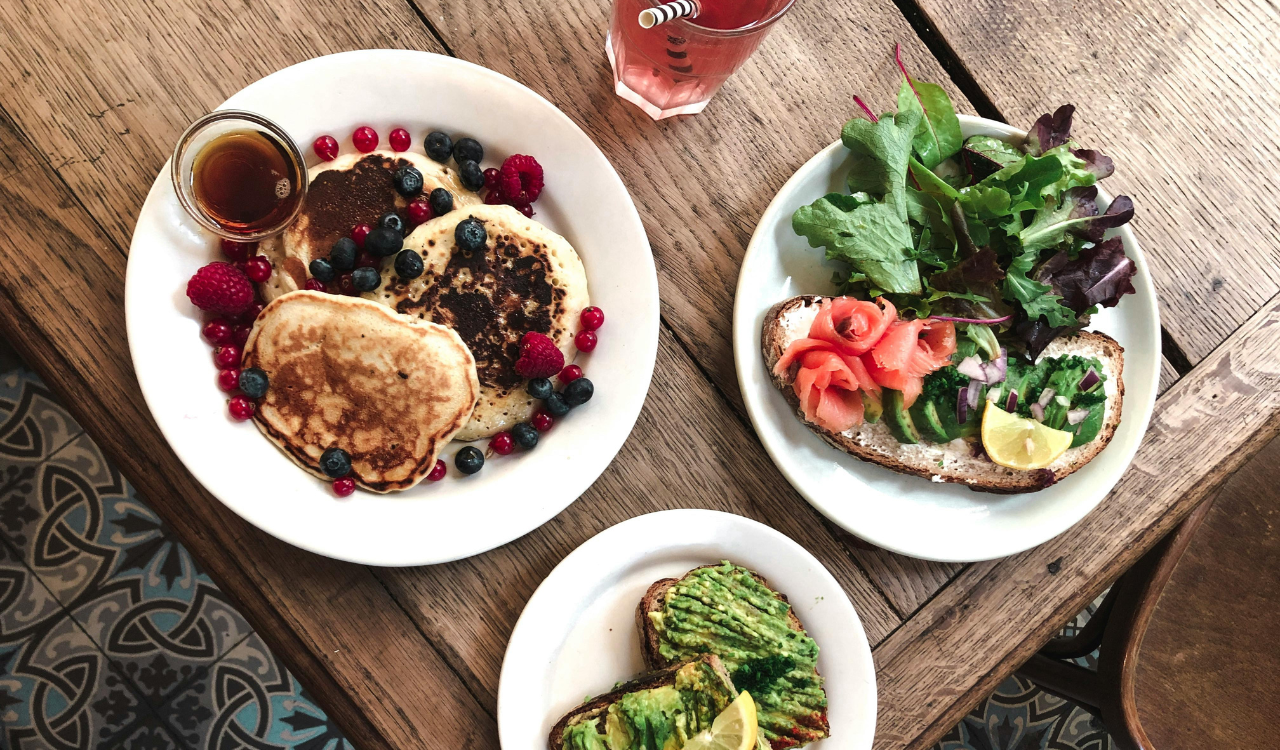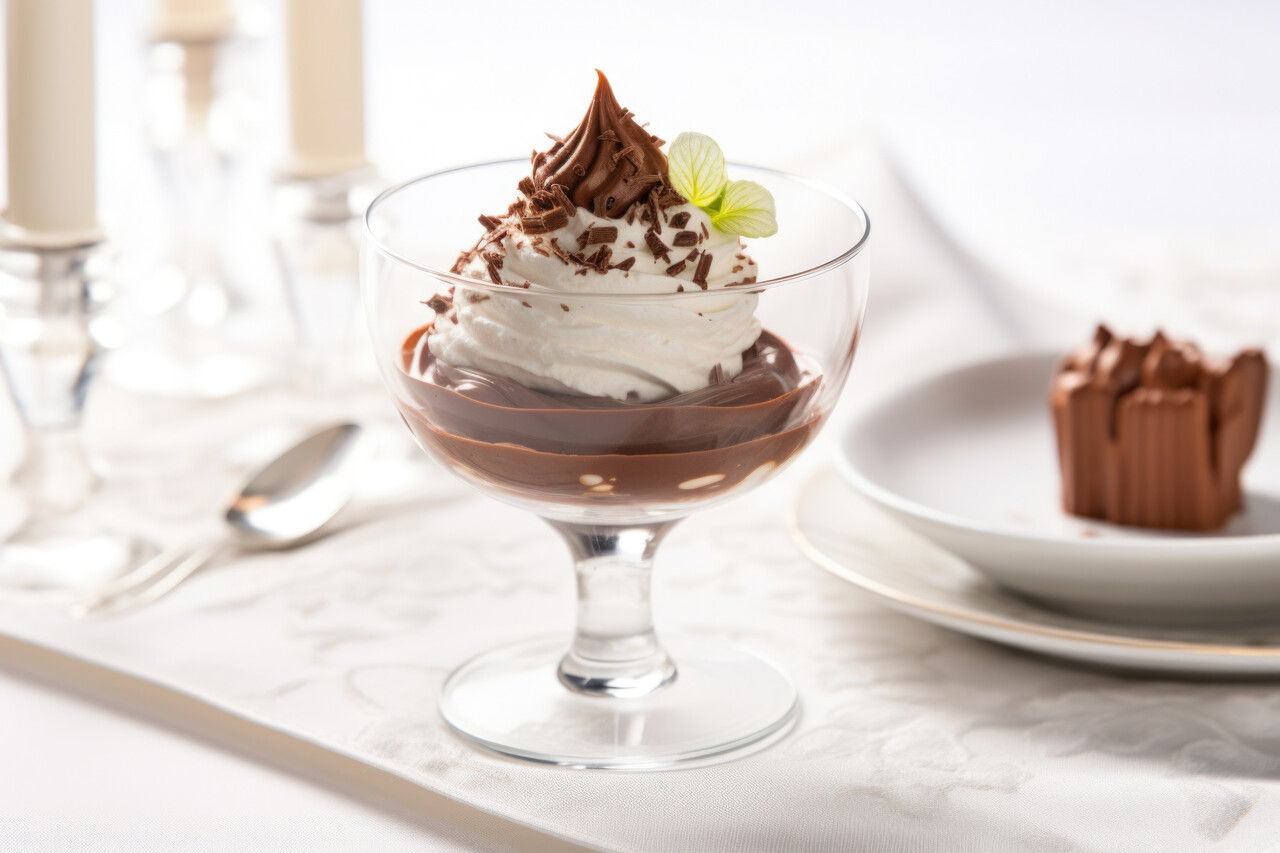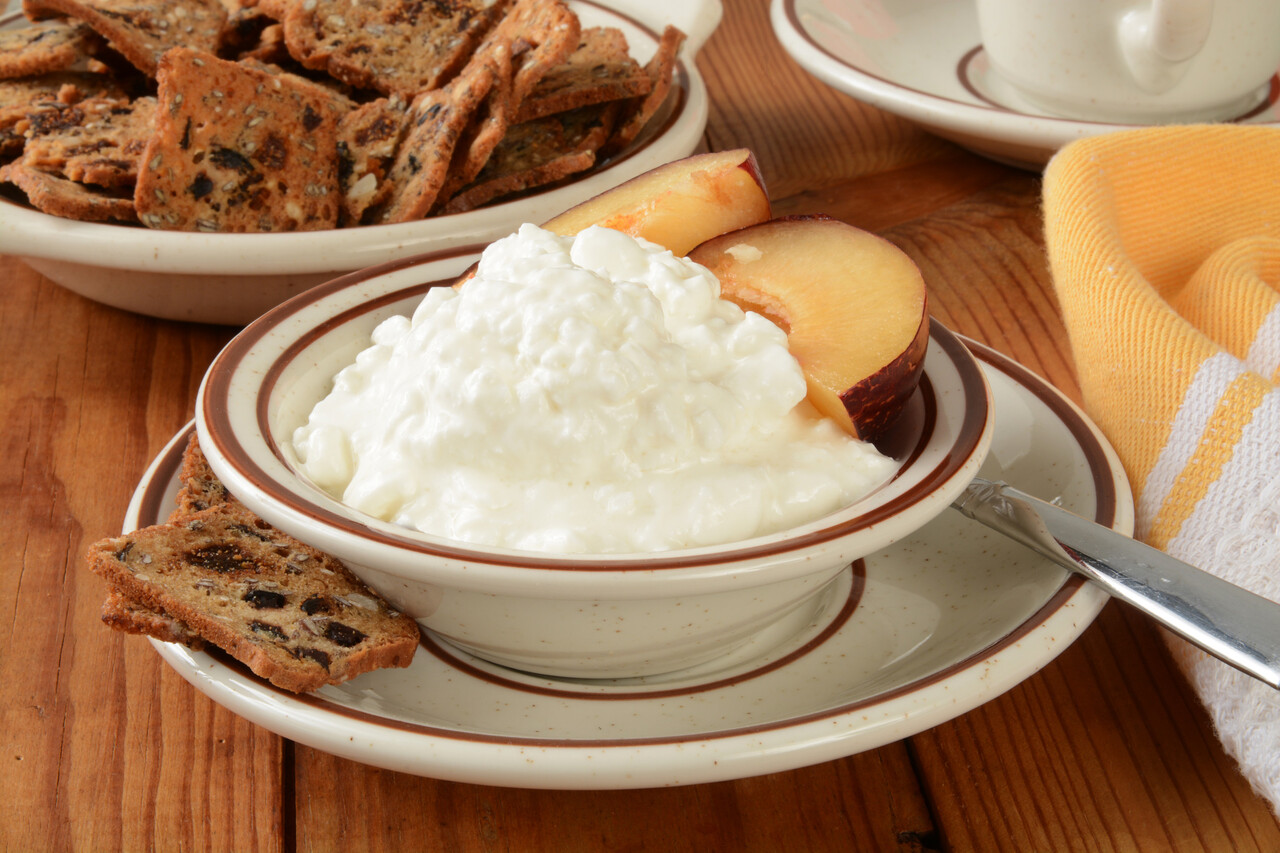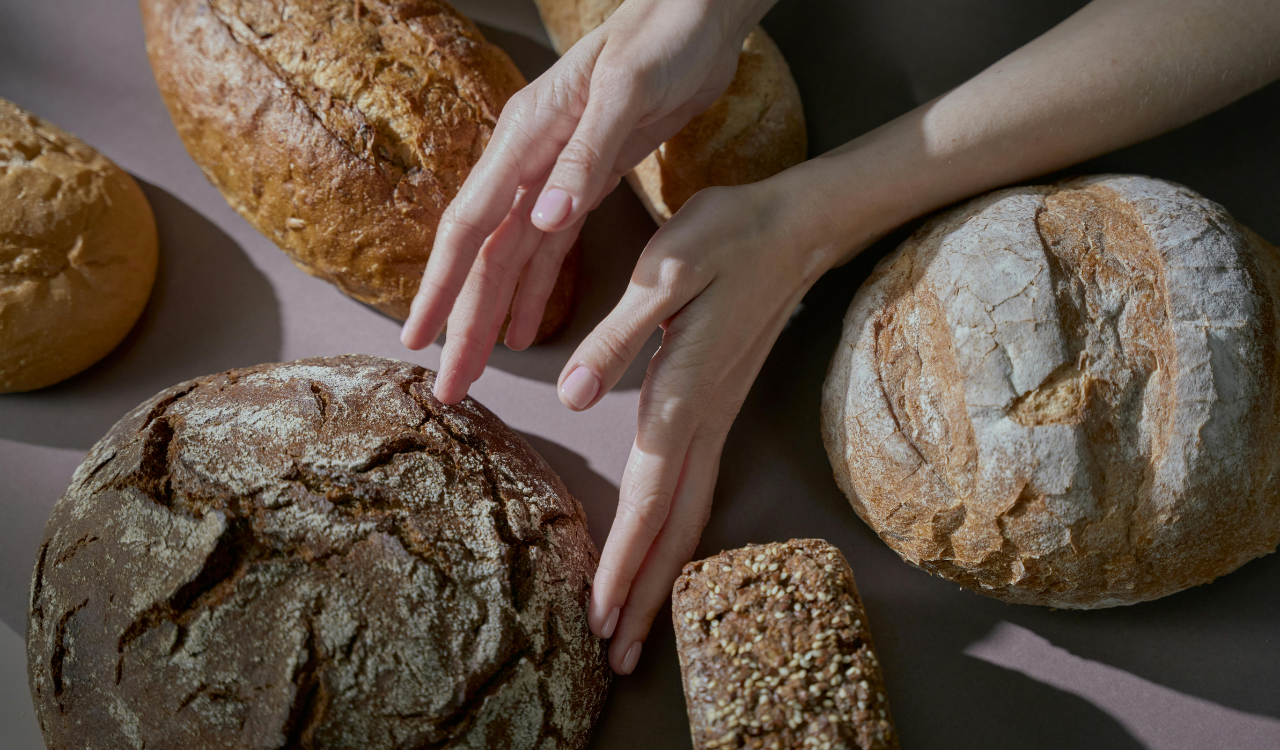12 Surprising Foods Invented By Accident

Accidents and happy mistakes have given us some of the most beloved foods. From frozen treats to crunchy snacks and iconic condiments, culinary serendipity has reshaped tastes and traditions. This collection explores twelve surprising foods that owe their existence to an unexpected twist: a forgotten pan, an improvisation for guests, or a botched recipe that turned brilliant. Each entry gives a concise history and image suggestion so you can see how these culinary mishaps traveled from a single kitchen moment into the wider world of food. Read on to discover how imperfections became inspiration, and how a small error sometimes yields something deliciously permanent.
1. Potato chips

Crisp, paper-thin slices of potato are said to have been created in 1853 by chef George Crum, who reportedly sliced potatoes wafer-thin and fried them to a brittle crunch when a diner complained about the fries. What started as a defensive culinary tweak became a snack sensation: the thinness and extra-frying produced a satisfying crispness that diners loved. Over decades the recipe traveled far beyond its origin, becoming a staple across cultures and inspiring countless variations and commercial brands.
2. Popsicle

The popsicle’s chilly origin traces to 1905 when an eleven-year-old accidentally left a mixture of flavored soda and water outdoors with a stirring stick; the mixture froze overnight and later became a commercial hit. This frozen-on-a-stick discovery offered a portable, flavored ice that appealed to children and adults alike. Its simplicity made it easy to scale commercially, and the concept inspired variations, adult cocktails, and artisanal frozen treats. What began as a childhood experiment evolved into an enduring summer icon.
3. Chocolate chip cookie

Ruth Wakefield famously invented the chocolate chip cookie in the 1930s when she folded chopped chocolate into cookie dough expecting it to melt; instead, the chocolate retained some shape, offering pockets of soft chocolate amidst buttery dough. That happy kitchen experiment produced a new textural contrast, crisp edges with gooey centers and a flavor profile that quickly caught on. Over time, bakers and home cooks adapted the idea with different chocolates, nuts, and baking times, making it a timeless household classic.
4. Tarte Tatin

Legend credits the Tatin sisters with inventing this upside-down apple tart when caramelized apples were accidentally cooked too long and then covered with pastry to salvage them. After baking and inverting the pan, they revealed beautifully caramelized apples atop a flaky crust; a glossy, syrupy dessert with deep flavor. The serendipitous result transformed humble ingredients into a signature French pastry. Chefs and home bakers continue to riff on this technique with pears, stone fruit, and savory variations inspired by the original mistake.
5. Cornflakes

Cornflakes emerged in the late 19th century from a health-focused sanitarium kitchen when John and Will Kellogg discovered that cooked grain left to cool and then rolled formed flakes. Switching to corn led to the toasted cereal familiar today, marketed as a digestible breakfast alternative. Initially part of a regimen emphasizing plain, healthful foods, the flaky cereal was later sweetened and widely commercialized. Its crunchy simplicity made it adaptable: eaten with milk, used in recipes, or enjoyed plain as a snack.
6. Ice cream cone

Multiple vendors claim the ice cream cone’s invention, but a famous episode at 1904 St. Louis World’s Fair saw a waffle vendor roll waffles into cones to help an ice cream seller who had run out of bowls. The improvised vessel made ice cream portable, and its marriage of crisp wafer and creamy scoop redefined how frozen desserts were consumed. From fairs and boardwalks to artisan gelaterias, the cone’s portability and tactile pleasure made it a worldwide favorite and a canvas for countless flavors and formats.
7. Worcestershire sauce

Worcestershire sauce reportedly resulted when British chemists attempted to recreate a fermented Anglo-Indian recipe and let the mixture age longer than intended, yielding a complex, umami-rich condiment. Anchovies, tamarind, molasses, and spices meld into a tangy-salty-sweet profile that enhances stews, marinades, and cocktails. Contrary to being a throwaway experiment, the longer fermentation built layered flavors that bottlers soon marketed. Over time, this accidental creation became a pantry mainstay prized for its savory depth.
8. Nachos

Nachos began in 1943 when Ignacio “Nacho” Anaya improvised a snack for hungry diners by layering tortilla chips with cheese and jalapeños. Though not a laboratory mistake, the invention was a spontaneous kitchen solution that transformed simple pantry items into a shareable, crowd-pleasing dish. Its flexible template spawned toppings ranging from beans and beef to guacamole and sour cream, and nachos became synonymous with communal snacking at sports events, bars, and casual gatherings globally.
9. Champagne

The effervescence of Champagne was once an unwelcome quirk: secondary fermentation in the bottle created bubbles that winemakers initially tried to prevent. Over time, producers refined methods to tame and celebrate the sparkle, turning a production headache into a defining characteristic of prestige. The resulting sparkling wines, with their fine mousse and bright acidity, became associated with celebration. What began as a winemaking problem evolved into a carefully controlled technique cherished around the world.
10. Fortune cookie

Fortune cookies are believed to have evolved in the United States from Japanese-style crackers that contained paper fortunes. Bakers in California adapted the concept, shaping the cookie into its familiar crescent and inserting slips with aphorisms or playful fortunes. Their exact origin has competing claims, but cultural blending and opportunistic adaptation led to the cookie’s popularity in Chinese-American restaurants. What started as a local novelty became a playful ritual at the end of many meals.
11. Brownies

Brownies are said to have originated when a cook underbaked a chocolate cake or omitted a leavening agent, producing a dense, fudgy square rather than a tall cake. That compact texture and concentrated chocolate intensity proved irresistible and practical as a portable dessert. Brownies spread through American bakebooks and cafeterias, varying from cakey to ultra-fudgy versions. Bakers continually tweak baking times, chocolate types, and mix-ins, keeping the humble mistake alive as a beloved treat.
12. Sliced bread (machine)

While pre-sliced bread was not an accident, the invention of the automatic bread-slicing machine by Otto Frederick Rohwedder in 1928 had an outsized cultural impact akin to a serendipitous convenience. The machine made uniform slices practical, transforming how households shopped, stored, and prepared sandwiches. Packaged, pre-sliced loaves sped up meal prep and standardized portioning, which in turn influenced marketing, bakery production, and the expression “the greatest thing since sliced bread.”





